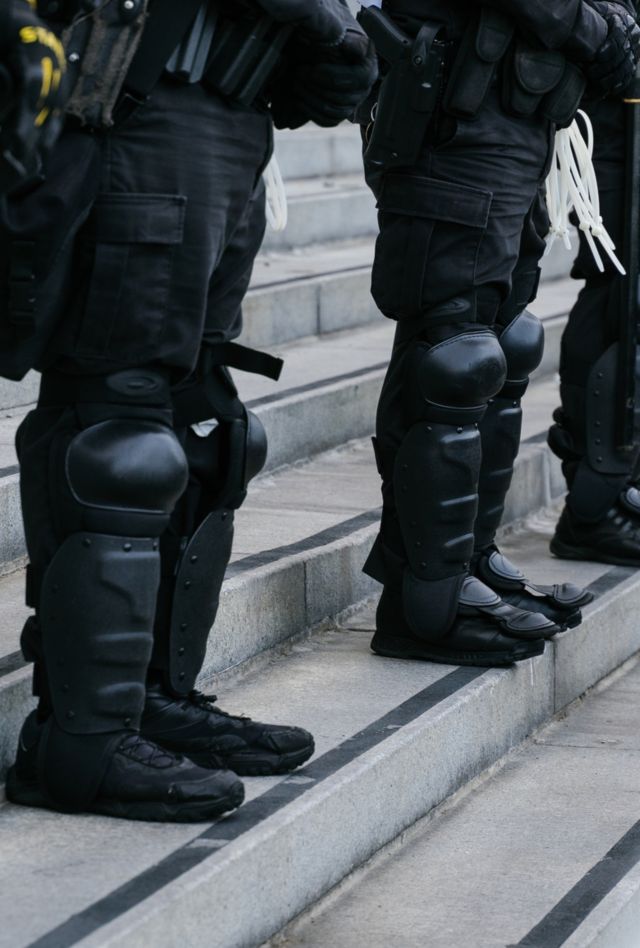Developing a National Database on Police Use of Force

Problem
The government needed to connect hard-to-find data on police use of force.
For the last 25 years, the federal government has sought to develop a single administrative data collection documenting police use of force (UOF) in the United States. Section 210402 of the Violent Crime Control and Law Enforcement Act of 1994 requires the U.S. attorney general to “acquire data about the use of excessive force by law enforcement officers” and to “publish an annual summary of the data acquired.” Despite legislation requiring the collection of use-of-force data and multiple efforts aimed at collecting such data, the nation still lacks a comprehensive accounting of this important information, and much of the data available are difficult to access and limited in utility.
Solution
NORC created a platform to facilitate public access to use-of-force data.
Funded by the Leadership Conference on Civil and Human Rights (LCCHR), NORC has developed a comprehensive administrative open data platform that compiles police use of force from the 18,000 local law enforcement agencies in the United States. Beginning in November 2020, NORC built a data harmonization and dissemination platform that integrated administrative data from 40 of the largest policing agencies in the United States as an important and immediate contribution to the national conversation about police use of force. NORC researchers continue to add to a series of DataPoints reports describing the results and implications of the use of force data.
Result
A lack of reporting limits police use of force data.
Only 17 percent of U.S. police agencies report incident-level police use-of-force data. Forty-eight percent report summary data, but no details of each incident and 34 percent present no use of force data. The event-level data should include where and when the incident occurred, what precipitated the incidents, the officers involved and their characteristics, the individuals affected and their characteristics, and the types of force used in the incident. Summary data includes only counts of data.
Among those police agencies that do report incident-level data, many create restrictions that limit the types of events that are included. Agencies may set a threshold for whether that agency deems a use of force to be ‘serious’ enough to warrant reporting. Some law enforcement agencies only release data on officer-involved shootings (OIS) or incidents that resulted in an injury requiring a visit to the emergency department.
Project Contact
Learn More About the Data Explorer
Use the data explorer tool to learn more about use of force data from 36 municipalities. You can filter by city, year, type of force, and other demographics.
Related Tags
Project Leads
-
John Roman
DirectorPrincipal Investigator -
Michael Latterner
Senior Data ScientistSenior Staff -
Shannon Nelson
Principal Research DirectorSenior Staff











